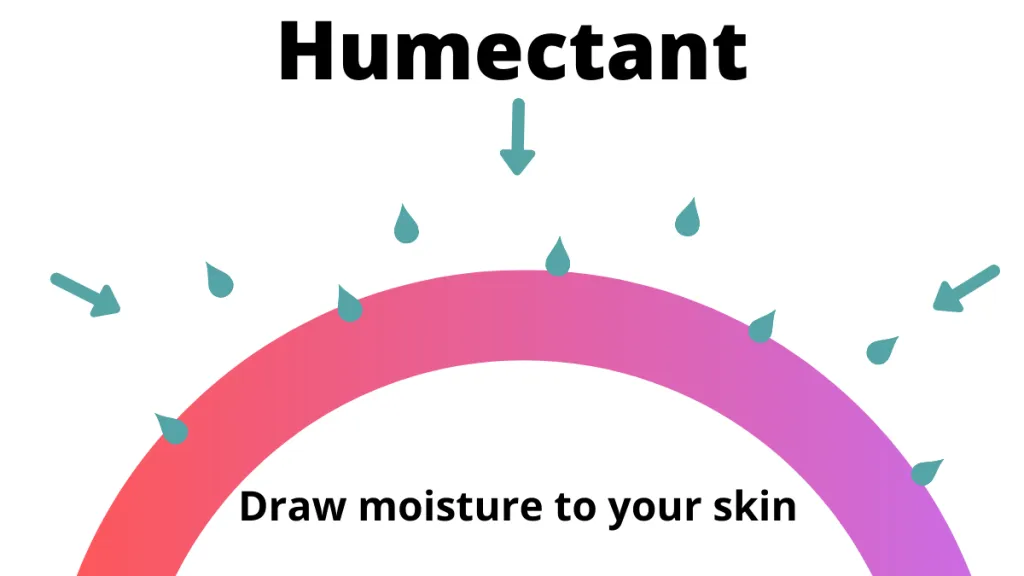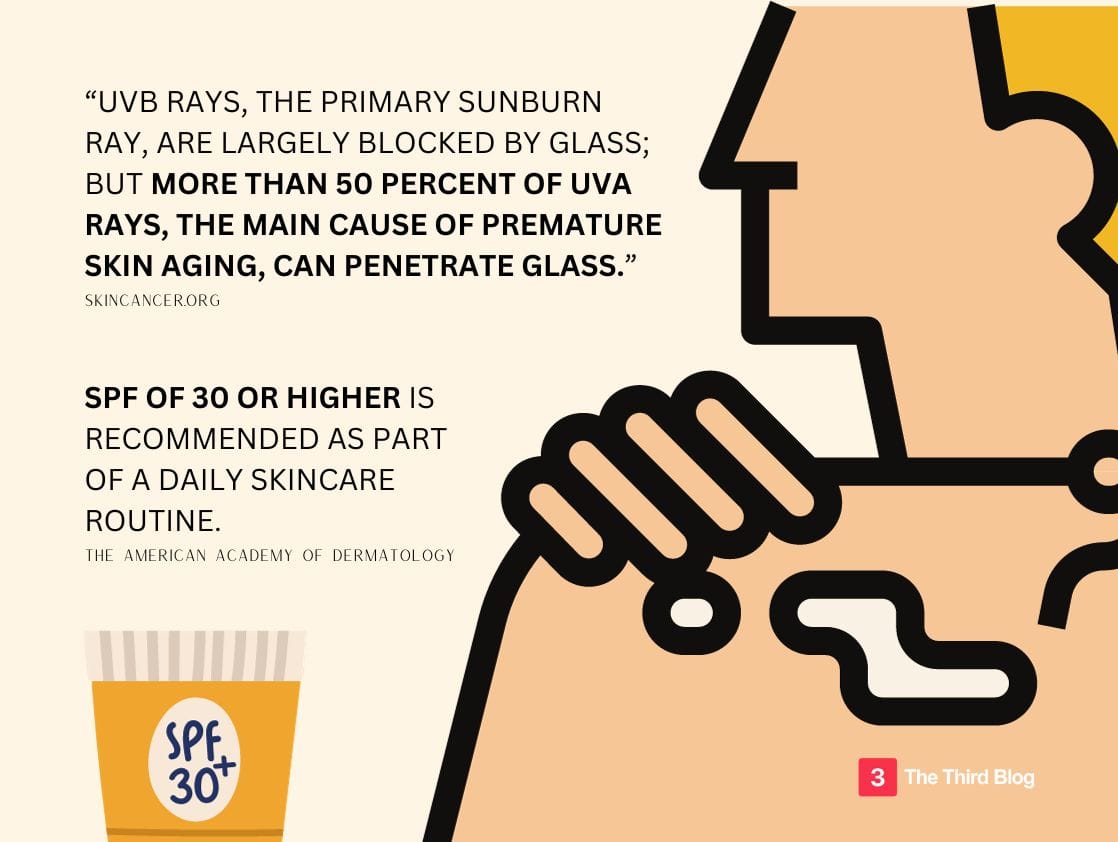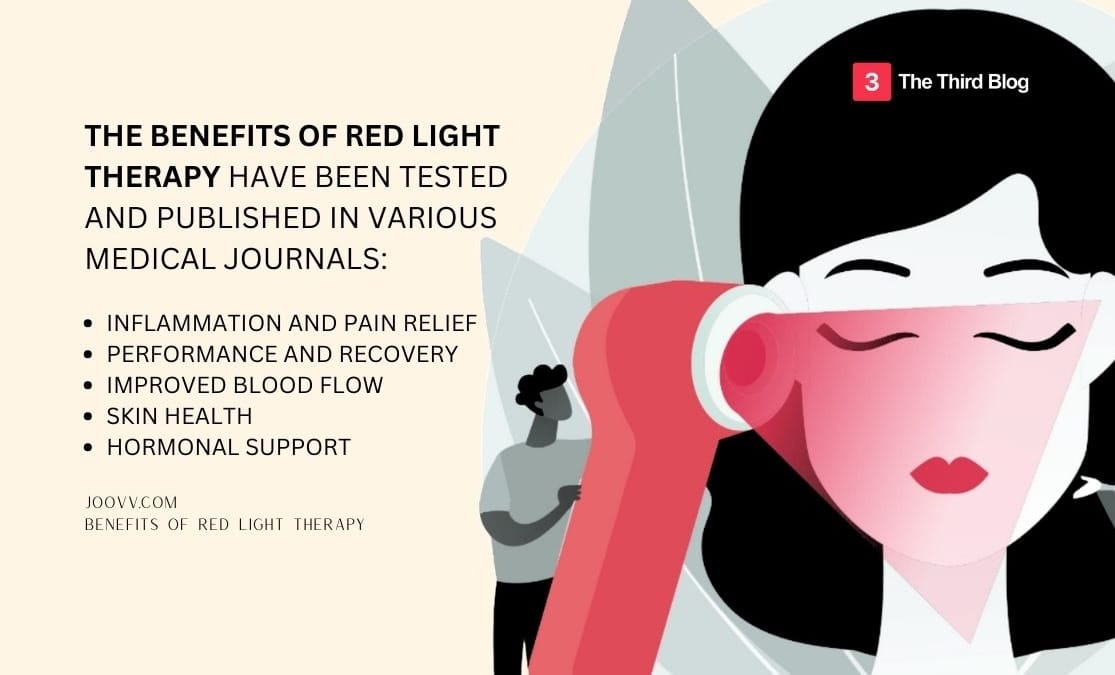The Simplexity Approach
In the intricate world of skincare, the principle of Simplexity - simplifying complex ideas into actionable steps - can be beautifully applied to two key elements: hydration and sun protection. These seemingly small measures can wield a profound impact on overall skin health and appearance.
“Drinking water is like washing out your insides. The water will cleanse the system, fill you up, decrease your caloric load and improve the function of all your tissues.” - Kevin R. Stone
Understanding Hydration in Skincare
Hydration is the cornerstone of a healthy skincare routine. The human skin, being the body's largest organ, requires adequate water to maintain its elasticity, suppleness, and barrier function.
Dermatologists consistently emphasise the importance of hydration both internally, through drinking sufficient water, and externally, by using hydrating skincare products.
Products rich in hyaluronic acid, glycerin, and other humectants attract moisture to the skin, keeping it plump and youthful.

"Sunscreen, in the world of beauty, is the ultimate in adulting." - Emily Weiss
The Critical Role of Sun Protection
Sun protection is not just about preventing sunburn; it's a proactive approach to combating skin cancer and premature aging. Ultraviolet (UV) rays from the sun can cause irreparable damage to the skin. This includes photoaging, characterised by wrinkles and hyperpigmentation, and an increased risk of skin cancers like melanoma.
The American Academy of Dermatology (AAD) advocates for regular use of broad-spectrum sunscreens with an SPF of 30 or higher as a standard in daily skincare routines.

A further article from the AAD, 'See how the sun damages your skin', demonstrates the unseen damage of UV throughout a lifetime. Brian Johnson @Blueprint said this is what made his kids start wearing sun lotion! - It's very impactful!
Implementing Simplexity: Practical Steps
Simplexity in skincare means breaking down these essential practices into manageable daily habits. Begin by setting a goal to drink a specific amount of water each day. Pair this with a morning and evening skincare routine that includes a hydrating moisturizer.
For sun protection, make applying a broad-spectrum sunscreen a non-negotiable part of your morning routine, regardless of the weather. Remember, UV rays can penetrate clouds and windows, making sunscreen essential even on cloudy days and indoors.
UVB rays, the primary sunburn ray, are largely blocked by glass; but more than 50 percent of UVA rays, the main cause of premature skin aging, can penetrate glass. - SkinCancer.org
For a more direct plan to implement skincare simplexity, follow these steps:
- Hydration:
- Start your day by drinking a glass of water.
- Throughout the day, keep a water bottle handy and sip regularly.
- Use a hydrating cleanser and moisturizer morning and night.
- Consider a hydrating serum or mask once or twice a week.
- Sun Protection:
- Apply a broad-spectrum sunscreen with at least SPF 30 every morning.
- Reapply sunscreen every two hours if you're outdoors.
- Incorporate protective clothing, hats, and sunglasses for added sun protection.
By integrating these simple steps into your daily routine, you can effectively maintain skin hydration and protection against sun damage.
Red Light Therapy: A Modern Addition to Skincare Simplexity
Red Light Therapy (RLT) has recently emerged as a promising addition to the Simplexity approach. This innovative treatment uses low wavelength red light to potentially enhance skin health in various ways.

How Does Red Light Therapy Work?
Certain wavelengths of light target and charge our cellular batteries. These are responsible for well-being and energy. RLT works by emitting red, low-level wavelengths of light, which are believed to stimulate collagen production, reduce inflammation, and improve circulation.
These factors are crucial for maintaining healthy, youthful skin. Unlike ultraviolet light, which can damage the skin, red light is safe, non-invasive, and painless.
Benefits of Red Light Therapy in Skincare
- Collagen Production: RLT is known for its potential to boost collagen, a protein that gives skin its firmness and elasticity.
- Reducing Inflammation: It may help in reducing skin inflammation, assisting in conditions like acne or rosacea.
- Skin Healing: RLT can aid in the skin's healing process, helping to repair sun damage, scars, and other skin issues.
Incorporating RLT into Your Routine
Adding RLT to your skincare regimen is straightforward. Many spas and clinics offer professional RLT sessions. For home use, numerous handheld devices, panels and masks are available, making it easy to incorporate this therapy into your daily routine. Personally, I have a Mito Light Panel. It's pricey, but it brings the convenience to your home and doubles as a full-body recovery device for workouts.
As always, it's essential to follow the manufacturer's guidelines and consult with a skincare professional to ensure the best approach for your skin type and concerns.
Conclusion: The Beauty of Simplicity
Skincare doesn’t have to be complex to be effective. By focusing on hydration and sun protection, two fundamental aspects of skin health, we can make significant strides in preserving and enhancing our skin's natural beauty. Simplexity reminds us that sometimes, the simplest routines can lead to the most significant results.
Thanks for reading.
T3B
Disclaimer
The content provided on this blog, including all text, images, and other material, is for informational purposes only and does not constitute professional advice. The information related to finance and health, as well as other topics, reflects my personal opinions and experiences, and is not intended as a substitute for professional consultation.
While I strive to provide accurate and up-to-date information, I am not a certified financial advisor or a healthcare professional. Therefore, any actions taken based on the content of this blog are at the reader's own risk. I encourage readers to seek professional advice before making any significant decisions related to finance, health, or any other topics covered in this blog.
Please remember that the views expressed on this blog are mine alone and do not reflect the opinions of any professional organizations or affiliations I may have.






